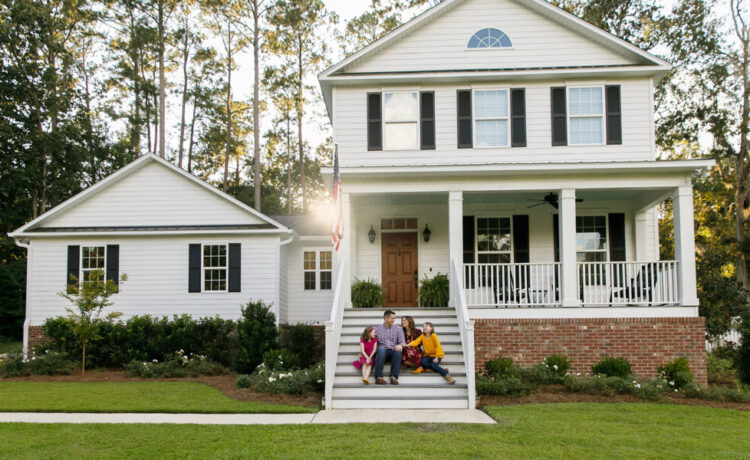The largest investment most people ever make is building a custom home. The process is filled with complex decisions and potentially costly missteps. Without experience navigating new construction, it’s easy to get tripped up.
Not defining a realistic budget
Failing to set and stick to a realistic budget tops the list of home-build blunders. Elaborate additions or upgrades mid-construction derail budgets quickly. Create a budget including a 10-15% contingency for the unforeseen and vow not to exceed it no matter how tempting additions become.
Being Inflexible on Design
Refusing to make any concessions on initial designs or customization requests delays the process if your wants exceed practical build parameters. Keep an open mind to design tweaks that maintain the intent while accommodating things like construction orders, permits, and budget realities.
Not investing in the lot
In their excitement for a stunning new house, some homeowners underestimate the value of an optimized lot and lush landscaping. The right lot size, shape, drainage, and surroundings make your dream home truly shine. Allocate the budget to enhance the yard and outdoor living spaces accordingly.
Skipping the design phase
Eager to break ground, some owners shortchange the upfront design process. But insufficient planning raises the odds of errors and changes during costlier construction. Take time to think through layouts, finishes, systems, and architectural details with an experienced design team.
Selecting the wrong contractor
Vet potential builders thoroughly through site visits, reference checks, review analysis, and interviews with past clients. An inexperienced or disorganized contractor is a recipe for delays, stress, and shoddy work requiring expensive change orders down the road. Take your time selecting.
Not understanding the contract
Before signing any contract, understand exactly what is and isn’t included in the builder’s scope of work. Expectations around allowances, contingency fees, change order limits, material selections, and project timelines should be clearly defined. Don’t gloss over contract details upfront to avoid disagreements later.
Skipping inspections
Costly structural issues arise when inexperienced homeowners waive independent inspections at key milestones. A few hundred dollars on electrical, plumbing, framing, and site inspections provide invaluable third-party oversight and protect your investment.
Being present too little
The opposite mistake is not being on-site frequently enough during the process. While trusting builders, ensure the project meets codes and is accurate through in-person inspections. Oversee each stage rather than just assuming all is on track.
Omitting hidden costs
Beyond the obvious construction expenses, budget permits fees, utility hookups, property taxes during building, insurance, HOA fees, landscaping, consultants, and extra furnishings. Little add-ons accumulate quickly.
Not prioritizing quality over cost
To save money, some owners forego upgrades that would greatly improve everyday enjoyment like high-end appliances or flooring, aesthetic details, energy efficiency investments, or smart home tech. Look beyond upfront costs to consider lifelong benefits. You can read more here to build a dream home.
Making too many changes
Requests to tweak finishes, alter layouts or add additions derail schedules and raise costs. Complete your due diligence upfront to minimize changes later when they require reworking completed elements. Have a clear sense of styles and spatial needs before signing off on final designs.
Not thinking about resale value
Even if you don’t plan to sell soon, factor long-term resale value into choices. Cater your design to the target market rather than just your tastes. For example, eliminating bedrooms or choosing unusual colors limit appeal down the road.







